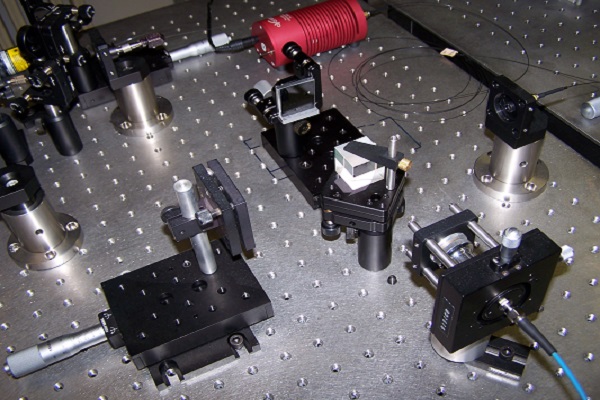1. Introduction to the issues and content of the studied subject.
2. Structure of sensors and their type properties.
3. Physical principles of sensors, division of sensors.
4. A/D and D/A converters.
5. MEMs, intelligent sensors.
6. Sensors and methods of measuring mechanical-force quantities.
7. Sensors and methods of measuring temperature and heat.
8. Sensors and methods of measuring pressure and flow (gases, liquids, bulk materials), the level of liquids and bulk materials and other selected quantities.
9. Drive subsystems - use of absolute and relative position sensors, speed sensors, acceleration sensors (static and dynamic).
10. Circuit elements for signal processing.
11. Basic connection of operational amplifiers (non-inverting, inverter,…).
12. Use of single-chip computers in signal processing from sensors.
13. Methodology of design of measuring chains and measuring systems (use of computer-aided design, use of intelligent sensor assemblies).
14. Computer support of SCADA / MMI design.
2. Structure of sensors and their type properties.
3. Physical principles of sensors, division of sensors.
4. A/D and D/A converters.
5. MEMs, intelligent sensors.
6. Sensors and methods of measuring mechanical-force quantities.
7. Sensors and methods of measuring temperature and heat.
8. Sensors and methods of measuring pressure and flow (gases, liquids, bulk materials), the level of liquids and bulk materials and other selected quantities.
9. Drive subsystems - use of absolute and relative position sensors, speed sensors, acceleration sensors (static and dynamic).
10. Circuit elements for signal processing.
11. Basic connection of operational amplifiers (non-inverting, inverter,…).
12. Use of single-chip computers in signal processing from sensors.
13. Methodology of design of measuring chains and measuring systems (use of computer-aided design, use of intelligent sensor assemblies).
14. Computer support of SCADA / MMI design.
